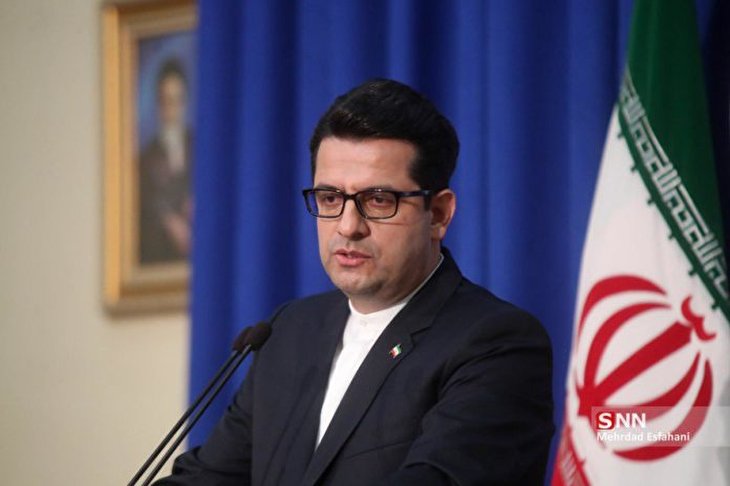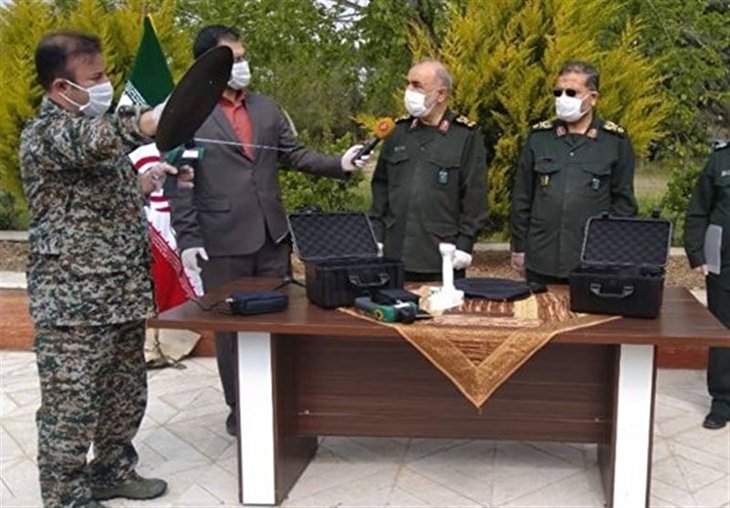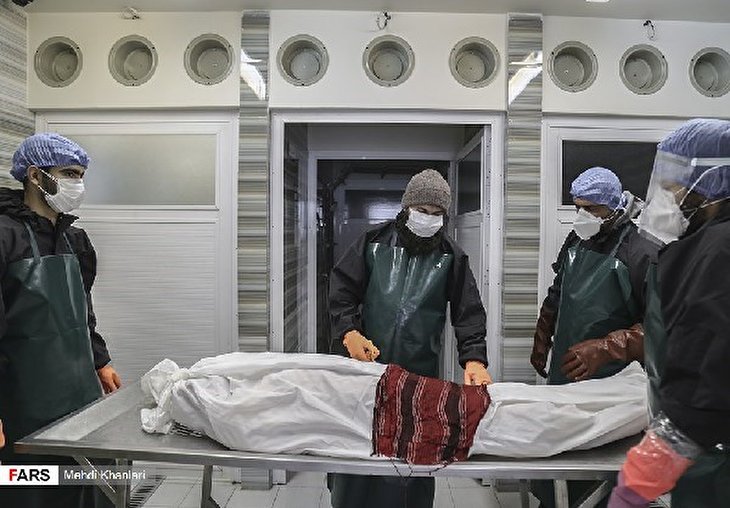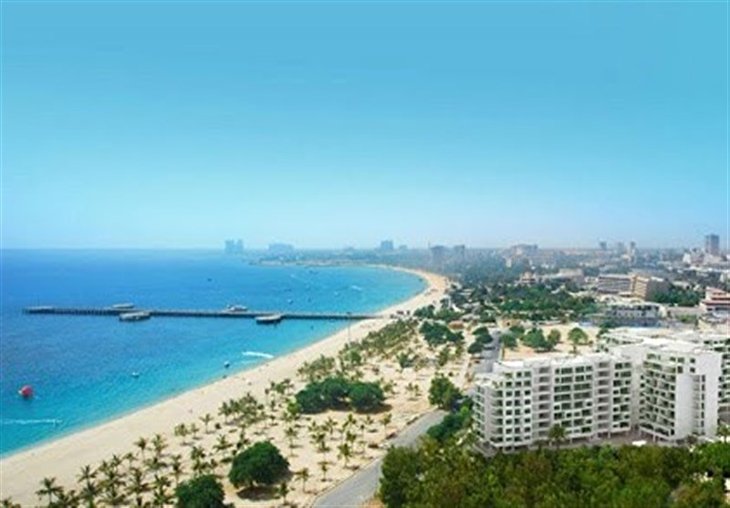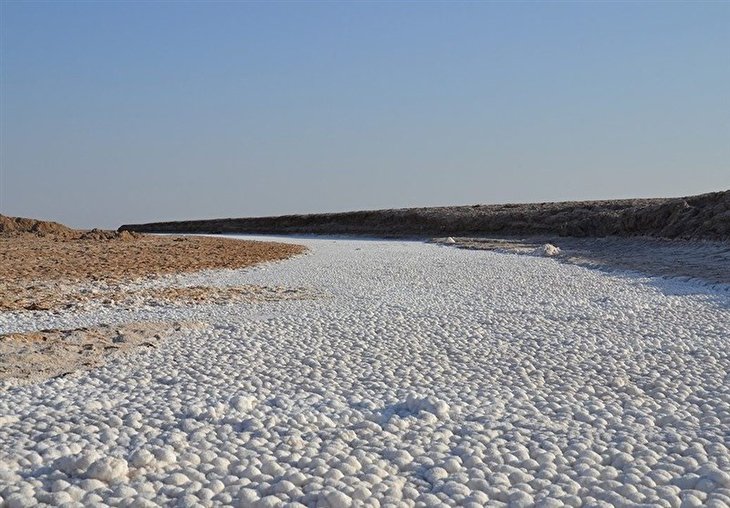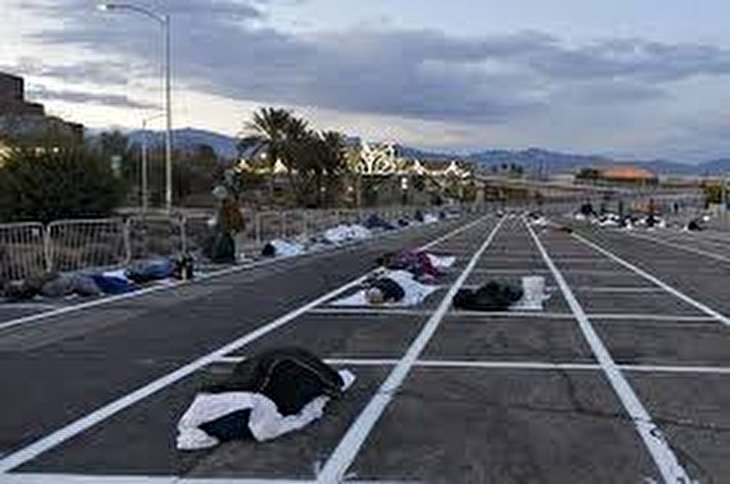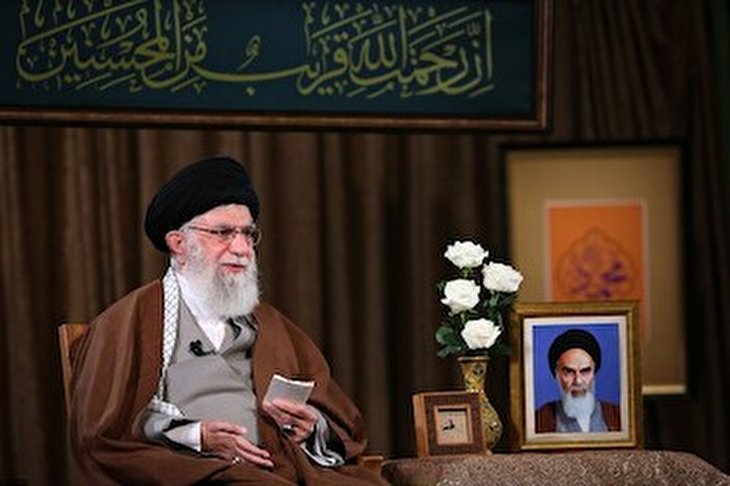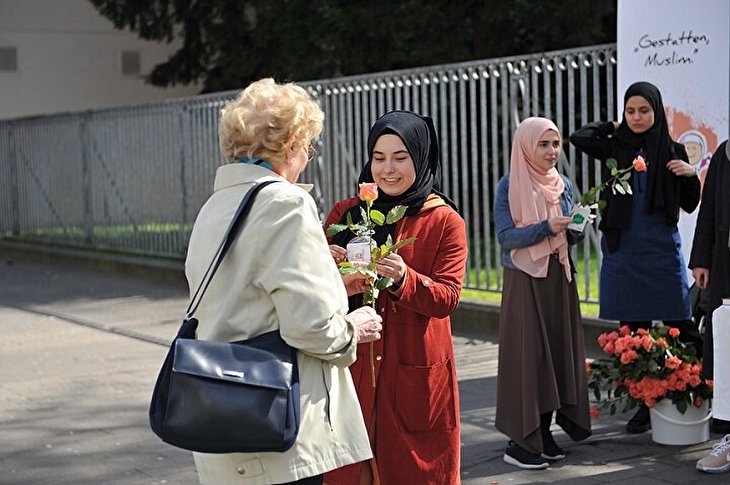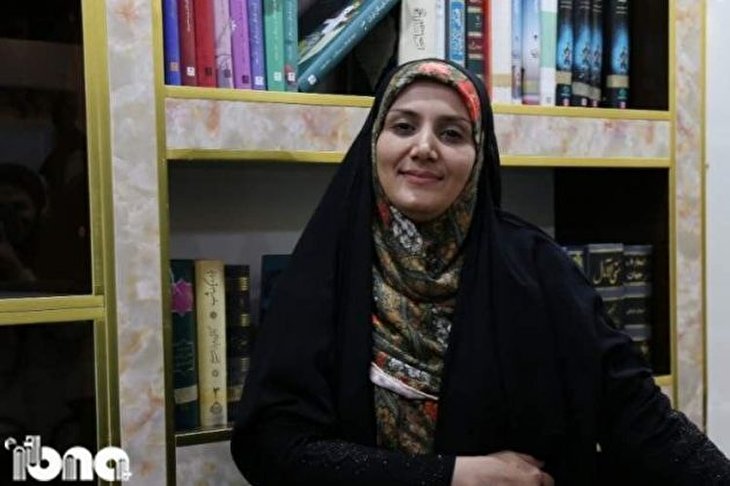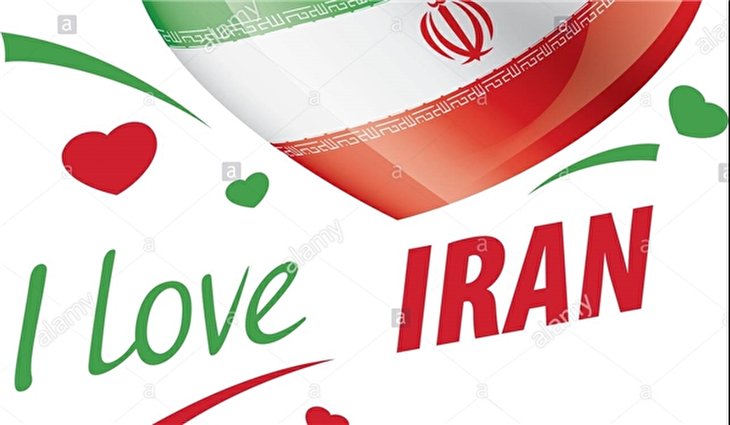'Marine Security Belt' drill in the eyes of world media
TEHRAN (Basirat) : The trilateral joint naval exercise of Iran with two major world powers have received mixed reactions from international media in recent days.
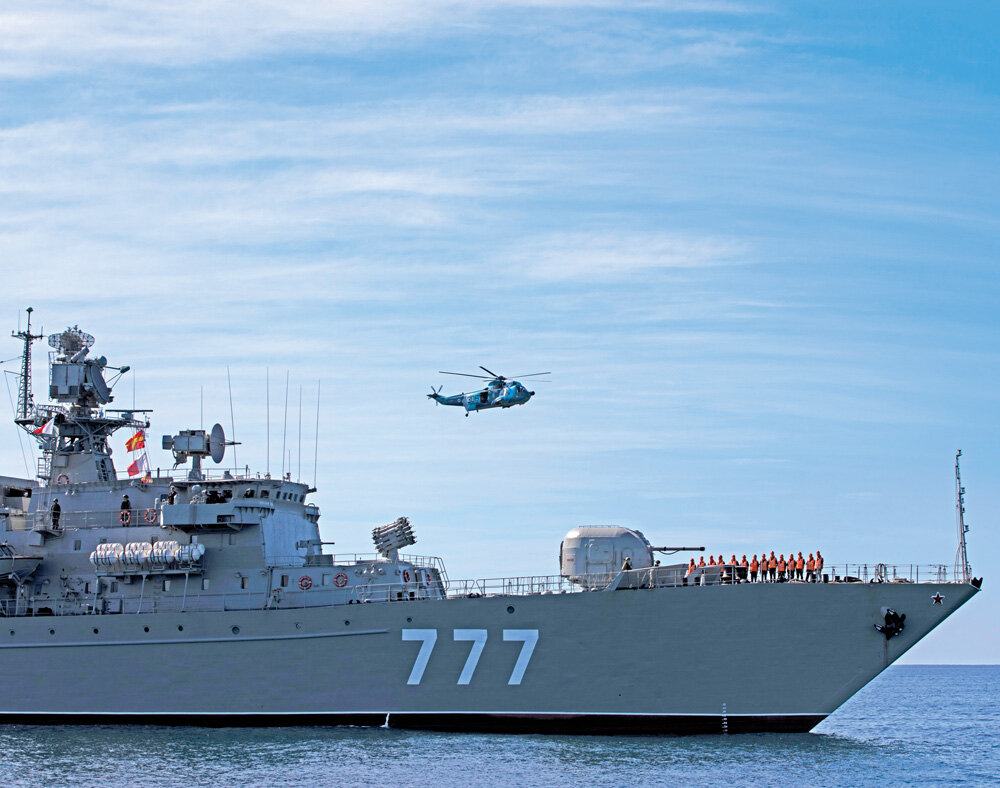
The geographical and strategic location of Iran has made it the focus of international attention. The waters around Iran, especially the Sea of Oman and the Persian Gulf, have become the hotspot for saber-rattling for many countries, including the U.S. and some of its allies to form a maritime coalition for patrols in the Persian Gulf these days.
The Sea of Oman is a particularly sensitive waterway as it connects to the Strait of Hormuz, through which about 30% of the world’s crude oil passes and which in turn connects to the Persian Gulf.
Iran, Russia, and China on Friday started a four-day joint maritime drill, codenamed "Marine Security Belt”, which includes tactical exercises such as rescuing frigates under attack. It began in the port city of Chabahar in southeastern Iran and is due to continue in northern parts of the Indian Ocean.
The joint drill, which is the first of such cooperation with Iran since the 1979 victory of Iran’s Islamic Revolution with two major world naval powers at this scale, is aimed at promoting the security of international trade in the strategic regions amid heightened tensions between Iran and the U.S.
Holding trilateral exercise between the three countries have received mixed reactions from international media in recent days which shows the significance of the drill both in the region and world, as Jonathan Eyal, associate director at the Royal United Services Institute, said the joint naval drills had been choreographed by the three countries to send a message that U.S. influence in the region was waning.
“This is a carefully calculated exercise in which all three participants are winners: Iran gets to claim it is a regional power, Russia demonstrates its role as the key actor in the Middle East, and China can show it is a global naval power,” Eyal said. “The strategic message is that these are the countries shaping events in the Middle East.”
“Iran has long stated its readiness to work with our neighbors to secure the Persian Gulf,” wrote Foreign Minister Mohammad Javad Zarif in a tweet on Friday, adding, “HOPE - Hormuz Peace Endeavour - is on the table right now.”
Zarif then noted, “Our joint military drills in Oman Sea/Indian Ocean with our Russian and Chinese partners make clear our broader commitment to secure vital waterways.”
Alongside the start of the joint naval exercise, Rear Admiral Gholamreza Tahani said on state television, "The message of this exercise is peace, friendship and lasting security through cooperation and unity ... and its effect will be to show that Iran cannot be isolated."
The exercises brought the reaction of the U.S., with the State Department telling the Financial Times that Iran should “think twice” about conducting joint naval exercises, warning that such actions “should concern all nations with an interest in safeguarding freedom of navigation in the region”.
The Pentagon spokesman Commander Sean Robertson said the U.S. was monitoring the joint exercise and would “continue to work with our partners and allies to ensure freedom of navigation and the free flow of commerce in international waterways”.
About the regional importance of the exercise, Reuters said, “Waters around Iran have become a focus for international tensions, with the United States exerting pressure for Iranian crude oil sales and other trade ties to be cut off.”
It also noted to the sending a guided-missile destroyer to the four-day drills by China, adding that both Russia and China also have good relations with Saudi Arabia.
“Iran, Russia, and China began an unprecedented joint naval exercise in the Middle East amid fears they will take on the U.S. and Western powers,” wrote Daily Mail.
Referring to the beginning of the naval exercise, Associated Press wrote that some analysts believe that the drill is a response to recent U.S. maneuvers with its regional ally Saudi Arabia.
“Tehran has been seeking to step up military cooperation with Beijing and Moscow amid unprecedented economic sanctions from Washington,” AP wrote, adding, “Visits to Iran by Russian and Chinese naval representatives have also increased in recent years.”
It also quoted the message of Chinese Defense Ministry spokesman Wu Qian as saying, “The drill will deepen exchange and cooperation between the navies of the three countries.”
Times of Israel wrote in a report titled, “New triangle of sea power: Iran, China, Russia start unprecedented naval drill”.
Israeli regime’s Army Chief of Staff Aviv Kohavi on Wednesday lamented that Israel is alone in the fight against Iran and its proxies in the Middle East. “It would be better if we weren’t the only ones responding to them [militarily],” Kohavi said, in an apparent criticism of the United States and Persian Gulf countries, which also see Iran as a major foe, the report added.
Relating the joint drill to boosting U.S. troops in Saudi Arabia, CBS News also wrote, “Iran, Russia and China team up for military drills as America boosts troops in Saudi Arabia.”
Source:TehranTimes
The Sea of Oman is a particularly sensitive waterway as it connects to the Strait of Hormuz, through which about 30% of the world’s crude oil passes and which in turn connects to the Persian Gulf.
Iran, Russia, and China on Friday started a four-day joint maritime drill, codenamed "Marine Security Belt”, which includes tactical exercises such as rescuing frigates under attack. It began in the port city of Chabahar in southeastern Iran and is due to continue in northern parts of the Indian Ocean.
The joint drill, which is the first of such cooperation with Iran since the 1979 victory of Iran’s Islamic Revolution with two major world naval powers at this scale, is aimed at promoting the security of international trade in the strategic regions amid heightened tensions between Iran and the U.S.
Holding trilateral exercise between the three countries have received mixed reactions from international media in recent days which shows the significance of the drill both in the region and world, as Jonathan Eyal, associate director at the Royal United Services Institute, said the joint naval drills had been choreographed by the three countries to send a message that U.S. influence in the region was waning.
“This is a carefully calculated exercise in which all three participants are winners: Iran gets to claim it is a regional power, Russia demonstrates its role as the key actor in the Middle East, and China can show it is a global naval power,” Eyal said. “The strategic message is that these are the countries shaping events in the Middle East.”
“Iran has long stated its readiness to work with our neighbors to secure the Persian Gulf,” wrote Foreign Minister Mohammad Javad Zarif in a tweet on Friday, adding, “HOPE - Hormuz Peace Endeavour - is on the table right now.”
Zarif then noted, “Our joint military drills in Oman Sea/Indian Ocean with our Russian and Chinese partners make clear our broader commitment to secure vital waterways.”
Alongside the start of the joint naval exercise, Rear Admiral Gholamreza Tahani said on state television, "The message of this exercise is peace, friendship and lasting security through cooperation and unity ... and its effect will be to show that Iran cannot be isolated."
The exercises brought the reaction of the U.S., with the State Department telling the Financial Times that Iran should “think twice” about conducting joint naval exercises, warning that such actions “should concern all nations with an interest in safeguarding freedom of navigation in the region”.
The Pentagon spokesman Commander Sean Robertson said the U.S. was monitoring the joint exercise and would “continue to work with our partners and allies to ensure freedom of navigation and the free flow of commerce in international waterways”.
About the regional importance of the exercise, Reuters said, “Waters around Iran have become a focus for international tensions, with the United States exerting pressure for Iranian crude oil sales and other trade ties to be cut off.”
It also noted to the sending a guided-missile destroyer to the four-day drills by China, adding that both Russia and China also have good relations with Saudi Arabia.
“Iran, Russia, and China began an unprecedented joint naval exercise in the Middle East amid fears they will take on the U.S. and Western powers,” wrote Daily Mail.
Referring to the beginning of the naval exercise, Associated Press wrote that some analysts believe that the drill is a response to recent U.S. maneuvers with its regional ally Saudi Arabia.
“Tehran has been seeking to step up military cooperation with Beijing and Moscow amid unprecedented economic sanctions from Washington,” AP wrote, adding, “Visits to Iran by Russian and Chinese naval representatives have also increased in recent years.”
It also quoted the message of Chinese Defense Ministry spokesman Wu Qian as saying, “The drill will deepen exchange and cooperation between the navies of the three countries.”
Times of Israel wrote in a report titled, “New triangle of sea power: Iran, China, Russia start unprecedented naval drill”.
Israeli regime’s Army Chief of Staff Aviv Kohavi on Wednesday lamented that Israel is alone in the fight against Iran and its proxies in the Middle East. “It would be better if we weren’t the only ones responding to them [militarily],” Kohavi said, in an apparent criticism of the United States and Persian Gulf countries, which also see Iran as a major foe, the report added.
Relating the joint drill to boosting U.S. troops in Saudi Arabia, CBS News also wrote, “Iran, Russia and China team up for military drills as America boosts troops in Saudi Arabia.”
Source:TehranTimes


